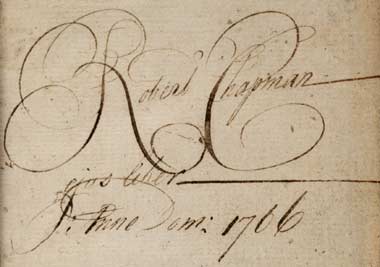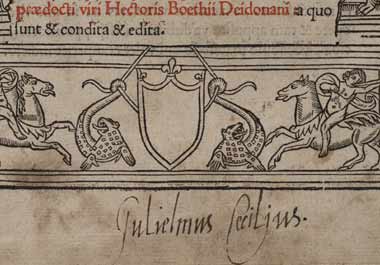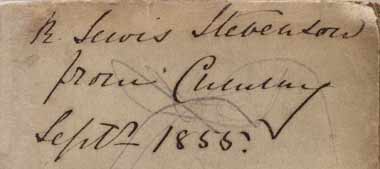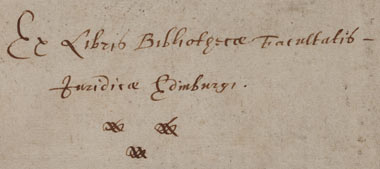 |
Anatomy of a Book |
Bindings | Inscriptions | Bookplates | Book Detective Toolkit |
Book investigating - step 3 - InscriptionsPeople often wrote their names and other things about themselves in books. Handwriting styles have changed over the years, making it sometimes hard to read inscriptions. Some people also preferred to write in Latin. On this page, there are a series of inscriptions from books, starting with a simple example and becoming a little more difficult. See if you can read each one. Mouse-over 'see transcription' to check what each inscription says. |
|||||||||||||||||
Sample Inscriptions |
|
||||||||||||||||
| |||||||||||||||||
» Onward to Bookplates


inscription5.jpg)



inscription1.jpg)